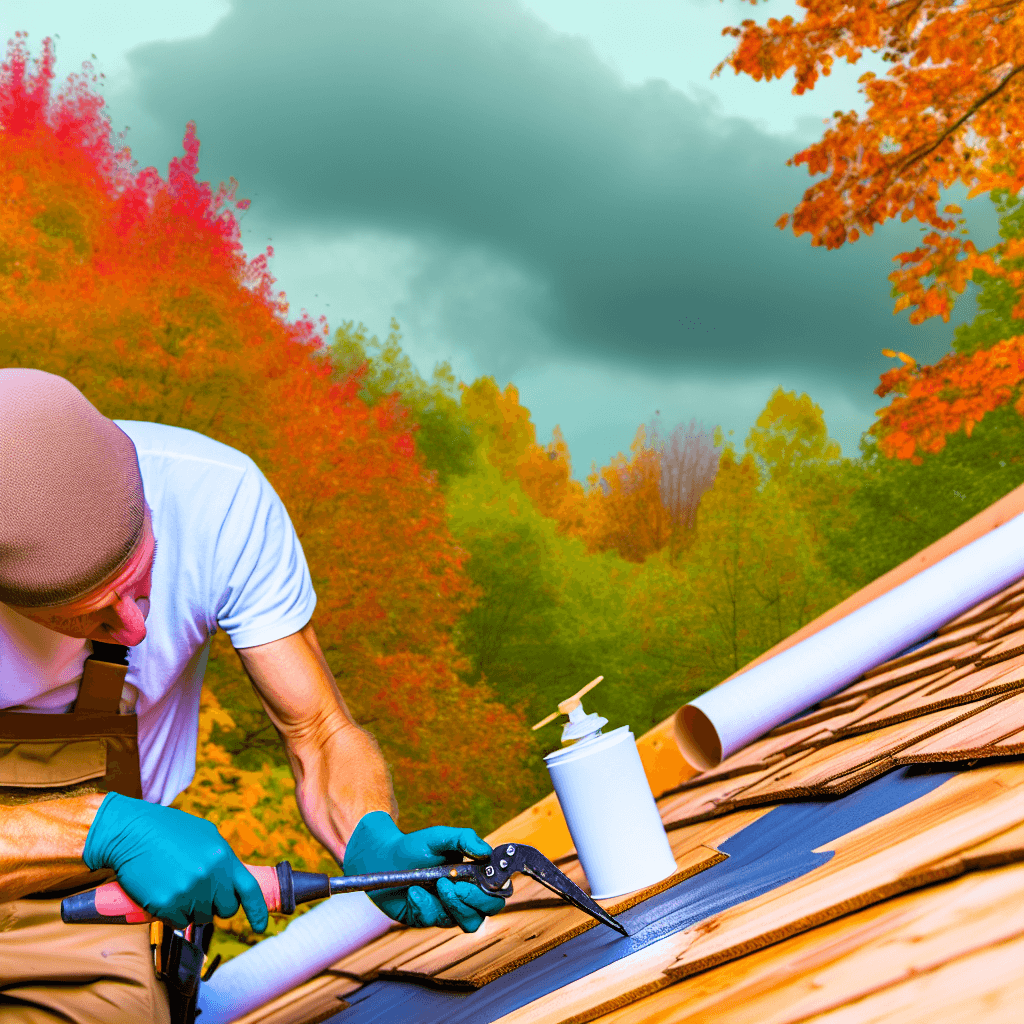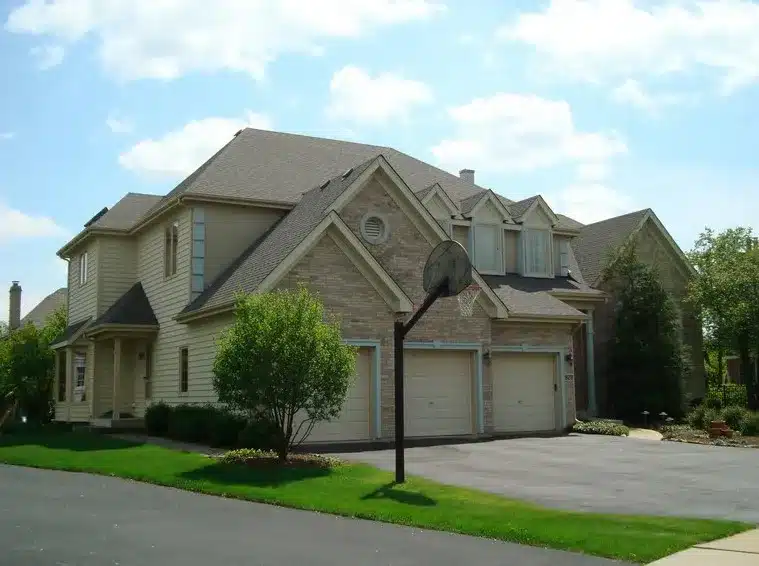• Understand the critical nature of weatherproofing cedar roofing to withstand harsh winter conditions.
• Discover actionable steps to prepare and protect your cedar roof, ensuring its longevity and durability.
• Learn why seeking professional expertise is highly recommended for optimal results and roof maintenance.
Identifying Common Issues with Cedar Roofing
The sturdiness of cedar makes it a prized roofing material, but like all natural substances, it is not immune to the whims of nature. Before pursuing any weatherproofing measures, it’s crucial to first know the signs that spell trouble for your cedar roof. Missing shingles are an obvious indicator, but warping or bending wood may also signal that water has breached the surface. Often, these subtle clues can be precursors to more severe damage if left unattended.
Understanding the Impact of Debris and Natural Growth
Cedar is an organic material that naturally responds to the environment around it, a factor especially important during Burr Ridge’s fall weather. A cedar roof littered with leaves, twigs, or piled-up dirt not only impedes its aesthetic appeal but can also trap moisture, potentially leading to decay. Moreover, humidity and shade can create a welcoming haven for moss and mildew, challenging the integrity of your roof. These elements, if ignored, can expedite the deterioration of even the most resilient cedar shingles.
Preparing for a Safe and Effective Cleaning
Before taking any measures, it’s essential to approach the cleaning process with care to avoid inflicting any additional harm. An overly aggressive cleaning method can scratch and damage cedar, so opting for a gentle approach is always recommended. This preparation step is crucial to ensure that the subsequent treatment and repair efforts are as effective as possible. Remember, a well-maintained cedar roof not only performs better but can also greatly extend the overall life of your roofing investment.
Initiating the Weatherproofing Process
After identifying potential issues with your cedar roofing, the next pivotal step is to begin the cleaning process. A roof free of debris provides a solid foundation for efficient weatherproofing. The act of removing leaves, dirt, and organic material is not only a necessary step for aesthetic purposes but also a protective measure to maintain the roof’s structural integrity. Ensuring your roof is immaculate will make it easier to spot any areas that need repair and will help the weatherproofing treatments to adhere better.
Choosing the Right Treatment for Cedar Roofs
Once your roof is clean, applying a mildewcide treatment becomes the next essential task. This specialized treatment acts as a shield, preventing the growth of moss and mildew that thrive in the humid climate of Burr Ridge. Consistent care and the right treatments can vastly prolong the endurance of your cedar roofing, ensuring it remains a reliable cover over your home. Opting for high-quality, environmentally-friendly solutions will protect your roof and maintain its natural beauty for years to come.
Step 1: Assess Your Cedar Roof’s Current Condition
Inspect your cedar roofing for any signs of damage or wear, such as missing shingles, warping, or moss growth. Check particularly for any areas that may be susceptible to leaks or water damage.
Step 2: Clean the Roof Surface
Remove any debris, leaves, and dirt accumulated on your cedar roof. Use a gentle, non-abrasive method such as a leaf blower or a soft bristle brush to prevent scratching or damaging the wood.
Step 3: Apply a Mildewcide Treatment
Cedar roofs can be prone to mildew and moss, especially in humid conditions. Apply a mildewcide treatment to curb the growth of unwanted plant life, following the manufacturer’s instructions to ensure proper application.
Step 4: Repair or Replace Damaged Shingles
Replace any cracked, broken or missing shingles promptly. Ensure that your replacement shingles match your existing roofing to maintain a consistent appearance and function.
Step 5: Apply a Water Repellent Sealant
Choose a high-quality, breathable water repellent designed for cedar. Apply according to the manufacturer’s instructions, making sure to cover all areas evenly for full protection.
Step 6: Install Metal Flashing if Necessary
Inspect the flashing around chimneys, vents, and roof joints. If they are damaged or missing, install new flashing to protect against water infiltration, which is a common cause of leaks.
Step 7: Regular Maintenance Checks
Schedule semi-annual inspections of your cedar roof to check for signs of damage or aging. Regular maintenance is key to prolonging the life of your roofing.
Step 8: Professional Inspection and Maintenance
At least once a year, hire a professional roofing contractor to inspect your cedar roof. They will provide expert maintenance and repair services to ensure your roof remains weatherproof and in the best condition possible.
Avoiding Common Cedar Roofing Weatherproofing Mistakes
Weatherproofing a cedar roof can be a complex process, and homeowners often fall into preventable pitfalls. By understanding common mistakes, you can save time, finance, and the integrity of your roof. Here’s what to watch out for as you work through the necessary steps to protect your home’s topmost shield.
Mistake 1: Improper Inspection
Many homeowners begin work without a thorough inspection, missing early signs of damage like minor leaks or hidden mold, which can escalate if untreated. Always start with a meticulous examination, focusing on areas that are prone to problems.
Mistake 2: Using Harsh Cleaning Methods
It might seem intuitive to use a power washer for speed and convenience, but high-pressure cleaning can strip away protective layers and damage the wood. Stick to using a gentler touch with tools like a leaf blower or a soft bristle brush to avoid harming the cedar.
Mistake 3: Inadequate Mildewcide Application
Simply applying mildewcide isn’t enough; it needs to be done correctly. Inappropriate application can lead to poor coverage, leaving your roof vulnerable to moss and mildew. Follow the manufacturer’s instructions for application carefully to ensure full coverage and efficacy.
Mistake 4: Neglecting Shingle Maintenance
Overlooking cracked, broken, or missing shingles can lead to more significant issues. Ensure a correct match in size, color, and material when replacing shingles to maintain weatherproofing integrity and aesthetic coherence.
Mistake 5: Incorrect Sealant Use
Using a non-breathable sealant or uneven application can trap moisture against the wood, causing more harm than good. Choose a high-quality, breathable water repellent and apply it evenly to protect while allowing the wood to naturally expand and contract.
Mistake 6: Overlooking Metal Flashing
Metal flashing plays a crucial role in preventing water ingress at the roof’s most vulnerable points. Regularly inspect and, if necessary, replace damaged or missing flashing rather than ignoring this critical component.
Mistake 7: Infrequent Maintenance Schedules
Failing to establish a regular maintenance schedule can allow small issues to become costly damages. Commit to semi-annual checks to catch and address any concerns promptly.
Mistake 8: Skimping on Professional Inspections
Assuming that DIY inspections are equal to professional ones can leave your roof at risk. Skilled roofers spot issues that untrained eyes miss. Annually engage with a roofing contractor to ensure a comprehensive health check for your cedar roof.
Repairing Damage for Lasting Durability
With your cedar roof clean and free from bio-growth, you can now turn your attention to repairing any shingle damage. Even a single compromised shingle can lead to greater issues down the line, so be vigilant and replace those that are cracked or missing. To maintain a uniform look and integrity, ensure the new shingles are an exact match to your current roofing.
Sealing for Optimal Protection
The final touch in weatherproofing your cedar roof involves the application of a quality sealant. A carefully selected, breathable sealant will provide a barrier against moisture while allowing the wood to breathe, critical for preventing trapped moisture and decay. For a comprehensive approach to cedar roofing, visit Owen Enterprises Inc.’s roofing systems for more detailed insights and professional guidance.






